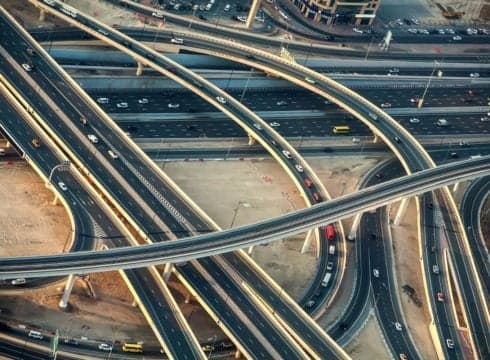India’s inter-city mobility landscape is not without its challenges for India’s growing working class
In terms of scale, India has the largest railway network in the world spread across 115,000 km
Continued growth in the road infrastructure has resulted in the development of more than 1000 intercity routes
Inc42 Daily Brief
Stay Ahead With Daily News & Analysis on India’s Tech & Startup Economy
Despite more than 50 Mn intercity travelers daily, India’s inter-city mobility landscape is not without its challenges for India’s growing working class. Flights either do not cover most places (80% of flight capacity serves only 6 top metros) or are still too expensive, trains are sold-out, and over-night buses are not considered by many as an equivalent option.
Data suggests that if you’re looking to travel inter-city within the next 10 days, you may end up disappointed. About 86% of the trains are overbooked within that time horizon, and assuming there is an airport, it may not make financial sense. And you are unsure if you should travel by bus.
In terms of scale, India has the largest railway network in the world spread across 115,000 km, with 12,617 passenger trains from 7,349 stations plying 20 million travelers on a daily basis. The road infrastructure in India has been growing at a rapid pace. According to the most recent data, the Indian road network spans about 5,903,293 kilometres as of January 2019 making it the second-largest road network in the world.
This kind of continued growth in the road infrastructure has resulted in the development of more than 1000 intercity routes which are faster and convenient than trains.
Growth Of Road Infrastructure
The growth of the road infrastructure is creating an opportunity for the growth of intercity bus segment which will also create the solution for last-minute travel plans. Both state-run buses and private operators have upgraded quality of busses and are offering facilities like free water, Wi-Fi and sleeper coaches.
These buses are now running at increasing frequency and connecting most major routes; to illustrate, UPSRTC alone runs about 7400 buses on short as well as long routes. However, this sector is affected by a low average occupancy (65%) on intercity buses which makes the business unviable, especially during lean seasons.
This also establishes that trains are still the preferred mode of inter-city transportation for average Indian traveler and a significant segment is still not comfortable to travel by buses, especially overnight travel which is the most frequent use-case. If we look deeper and speak to intercity travelers, the reasons are several e.g., lack of washroom, open unsafe boarding points, unscheduled stops en-route and unreliability of bus arrival, and an inherent lack of trust on the bus operator.
This a cliched status for any such industry which is still un-organized and lacks branded organized players with a commitment to building long-term value to customers as well as have the capability to invest in building services and facilities.
What is the solution than to create seamless intercity transportation which allows travelers to plan at short notice and select preferred available mode of transport?
Ways To Tackle The Disparity
The best way to tackle this disparity is to enable the two modes of transportation to communicate with each other. The travelers, when they are planning need to be aware of the availability of an alternative to their preferred mode of travel that can help them make their journey. This would divert seat availability strain from one mode while shifting some traffic to other mode and making intercity travel convenient for people.
When it comes to female travelers, security is still one of the biggest concerns. There is a need in the industry to set a standard for the bus services much like the Indian Railways where you always get a secure boarding point i.e. railway station, washroom on the train, food on train and sleepers for overnight travel.
There is a dire need for a system that enables multiple modes of transportation to communicate with each other in a more fluid manner, i.e. a multimodal network of intercity transportation. A system that would allow travelers to make the best of the roadways and railways and provide the shortest and fastest route to reach the destination.
{{#name}}{{name}}{{/name}}{{^name}}-{{/name}}
{{#description}}{{description}}...{{/description}}{{^description}}-{{/description}}
Note: We at Inc42 take our ethics very seriously. More information about it can be found here.


